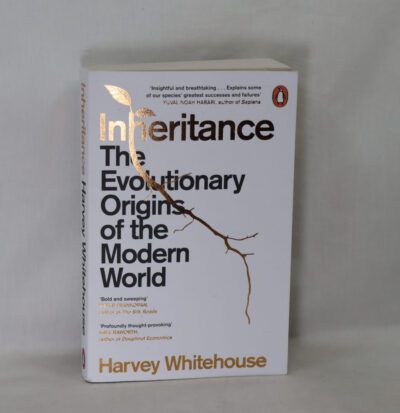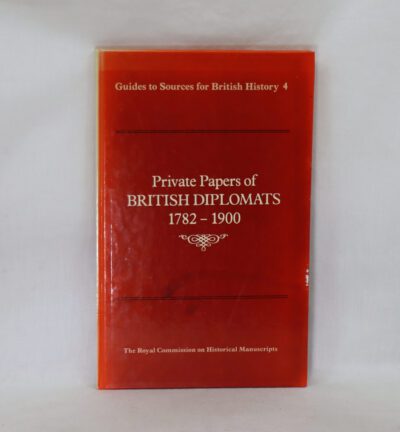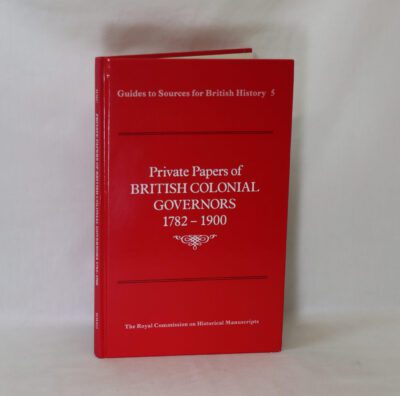Etruscan Places.
By D H Lawrence.
ISBN: 9780795351570
Printed: 1972
Publisher: Folio Society. London
| Dimensions | 15 × 23 × 2.5 cm |
|---|---|
| Language |
Language: English
Size (cminches): 15 x 23 x 2.5
Condition: Fine (See explanation of ratings)
Your items
Item information
Description
In a fitted box. Grey cloth binding with dark grey image of an etruscan room interior. Gilt title on the spine.
It is the intent of F.B.A. to provide an in-depth photographic presentation of this book offered so to almost stimulate your feel and touch on the book. If requested, more traditional book descriptions are immediately available.
Sketches of Etruscan Places and other Italian Essays, or Etruscan Places, is a collection of travel writings by D. H. Lawrence, first published posthumously in 1932. In this book Lawrence contrasted the life affirming world of the Etruscans with the shabbiness of Benito Mussolini’s Italy during the late 1920s.
In preparing these essays, Lawrence travelled through the countryside of Tuscany with his friend Earl Brewster during the spring of 1927.
The volume published in 1932 included the following essays:
- Cerveteri
- Tarquinia
- The Painted Tombs of Tarquinia 1
- The Painted Tombs of Tarquinia 2
- Vulci
- Volterra
- The Florence Museum
David Herbert Lawrence (11 September 1885 – 2 March 1930) was an English writer and poet. His collected works represent, among other things, an extended reflection upon the dehumanising effects of modernity and industrialisation. Lawrence’s writing explores issues such as sexuality, emotional health, vitality, spontaneity, and instinct. His novels include Sons and Lovers, The Rainbow, Women in Love, and Lady Chatterley’s Lover.
Lawrence’s opinions earned him many enemies and he endured official persecution, censorship, and misrepresentation of his creative work throughout the second half of his life, much of which he spent in a voluntary exile he called his “savage pilgrimage”. At the time of his death, his public reputation was that of a pornographer who had wasted his considerable talents. E. M. Forster, in an obituary notice, challenged this widely held view, describing him as “the greatest imaginative novelist of our generation.” Later, the literary critic F. R. Leavis championed both his artistic integrity and his moral seriousness.
Want to know more about this item?

Related products
Share this Page with a friend













